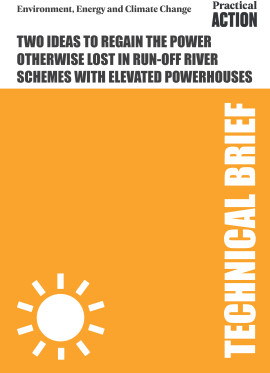
Measuring Energy Access in India
Insights from applying a multi-tier framework in cooking energy and household electricity
This briefing paper reports on the largest energy access survey ever conducted in India, covering a representative sample of the rural poor across six states with interviews in 8,566 households. It adapts the World Bank’s multi-tier framework to measure access to household electricity and clean cooking energy, across a spectrum of tiers and a range of attributes. Its findings reveal poor electricity access and difficulties with affording or being able to get a connection. Uptake of off-grid solutions remains limited; however such solutions provide more reliable, but limited electricity access. In cooking energy access, LPG, though limited to a smaller proportion of the population, is the only clean cooking energy solution that has been taken up by significant numbers. However, the majority of the population remains deprived of access to clean cooking energy. We conclude by reflecting on the usefulness of applying a multi-tier framework to measuring energy access.
Series: Practical Action
Published: 2016
Pages: 16
eBook: 9781780446639
Lucy Stevens At the time of writing Dr Lucy Stevens was Programme Co-ordinator, Access to Services, Practical Action
Electricity-Centered Clientelism and the Contradictions of Private Solar Microgrids in India
Balls, Jonathan N.
Fischer, Harry W.
Annals of the American Association of Geographers, Vol. 109 (2019), Iss. 2 P.465
https://doi.org/10.1080/24694452.2018.1535312 [Citations: 12]A critical review of modern approaches for multidimensional energy poverty measurement
Pelz, Setu
Pachauri, Shonali
Groh, Sebastian
WIREs Energy and Environment, Vol. 7 (2018), Iss. 6
https://doi.org/10.1002/wene.304 [Citations: 64]





